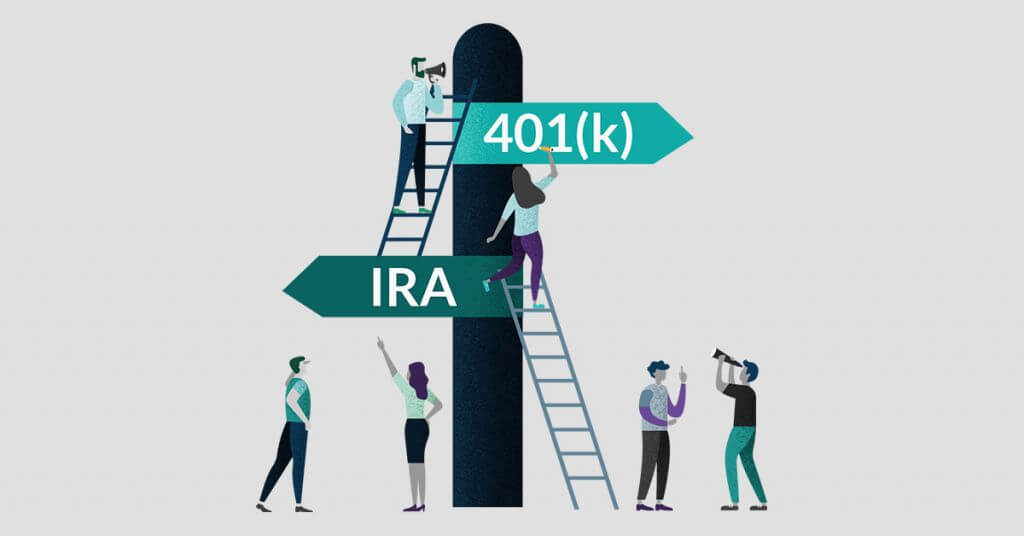Why Go to the Trouble of Converting Your IRA to a Checkbook Controlled Solo 401(k)?
By Peter Rizzo

One of the first things we do when someone asks for information on the Check Book IRA is to determine if they could qualify for a Solo 401(k). (If they have any self-employment or 1099 income and no full-time employees other than themselves or their partners, they could qualify. People can also generate self-employment income as a sole proprietor if they have the right income generating activities). This might seem like a lot of work but the advantages are usually worth it. Even though we are the originators of the Check Book IRA, our core service is finding the right investment system for someone.
Now back to why the Solo 401(k) is worth the extra effort:
- You can contribute more per year
The maximum amount a self-employed individual can contribute to a Solo 401(k) for 2019 is $56,000 if he or she is younger than age 50. Individuals 50 and older can add an extra $6,000 per year in “catch-up” contributions, bringing the total to $62,000. This is done with the below formula:
Type 1
Elective Deferral (401(k)) also known as Employee Contributions. The maximum elective deferral is $19,000 in 2019, or $25,000 if age 50 or older. For 2020, the elective deferral increased from $19,000 to $19,500, or $26,000 if age 50 or older.
Type 2
Profit sharing also known as Employer Contribution. This amount cannot exceed $56,000 for 2019. For 2020, this amount cannot exceed $57,000.
If your business type is a Corporation, the maximum profit-sharing contribution is 25% of gross income and still subject to the above profit-sharing amounts.
If your business type is a Sole Proprietor/Partnership, the maximum profit-sharing contribution is 20% of net income and still subject to the above profit-sharing amounts.
- You have a Roth component whereby you can have both pretax and post-tax contributions in the same plan investing together. (This is not true of all Solo 401(k) plans, it depends on who sets them up).
- There is no UBIT (UDFI) Tax on Real Estate investments that are leveraged.
- You can be the Custodian and Administrator, setting up the ability to invest in a number of investments that cannot be done with a normal IRA.
- You do not need to deal with a 3rd party custodian alleviating the difficulty of transferring assets or changing fees.
- An LLC is not needed for checkbook control alleviating LLC reporting if your state requires that.
- There is no government reporting for plans under $250,000 in value.
- This plan is from a congressional act in 2003 and not a workaround to the code.
- You can add participants easily and inexpensively. (This is a great feature for couples who want to combine their retirement accounts to invest together).
- You can transfer most traditional IRA’s or retirement plans into the Solo 401(k) (except Roth IRAs).
There are many more advantages that we’d be happy to discuss with you personally. We can also show you how to qualify. The one thing to be aware of, though, is that not all Solo 401(k) plans are created equal. You have to make sure that you have complete control and no custodial interference. (Some large investment companies set these up but they set themselves up as custodian).
If you’d like to talk to us about the Solo 401(k) or other checkbook controlled options, you can book a call here or email me at: [email protected] and we’d be happy to answer any questions. You can also call us any time at: 1-800-482-2760.

